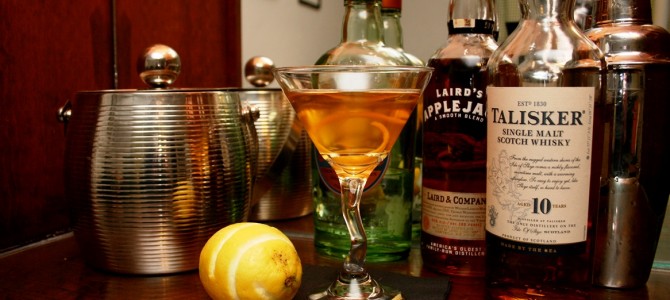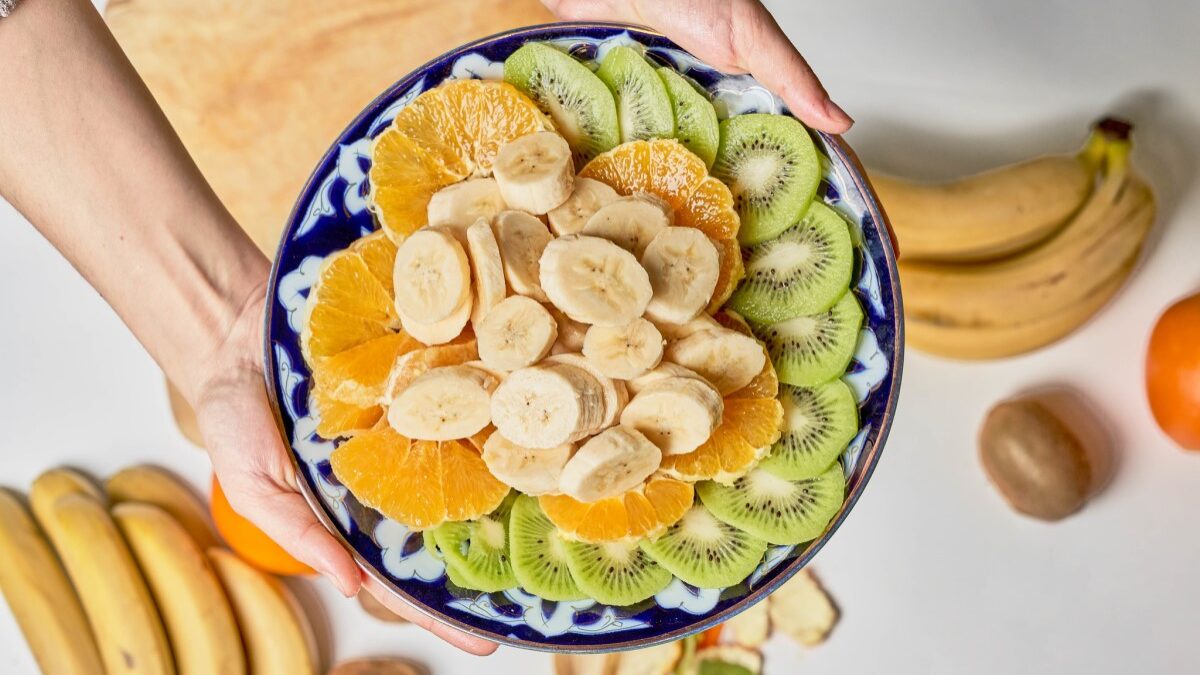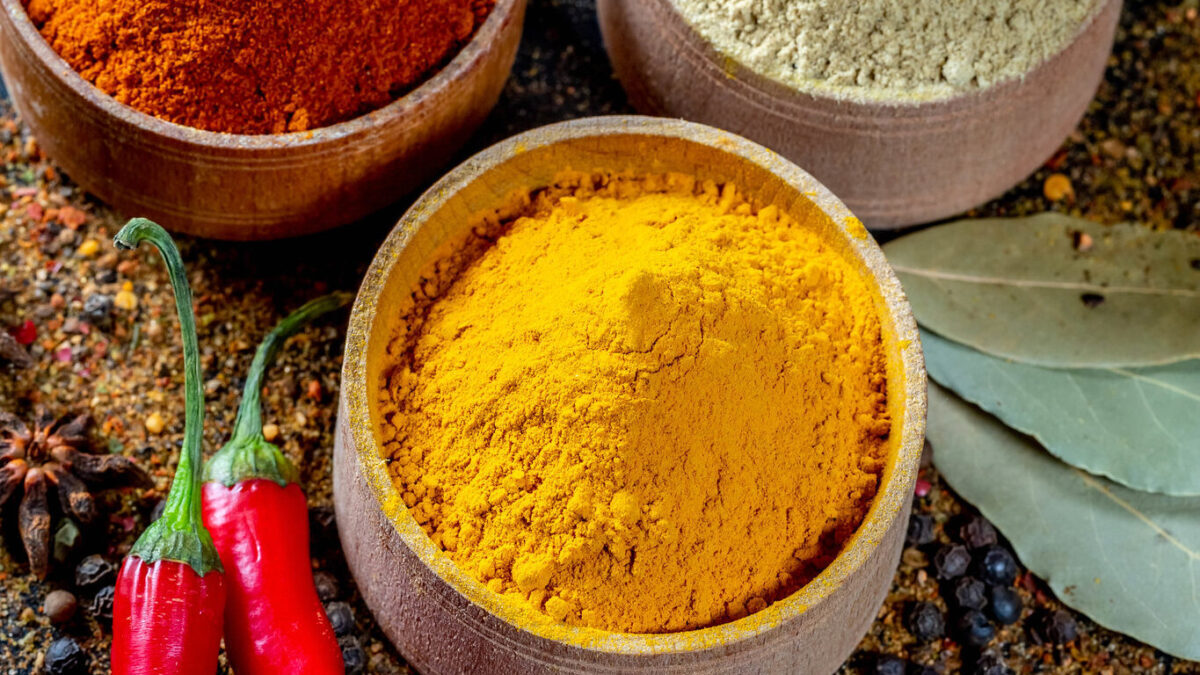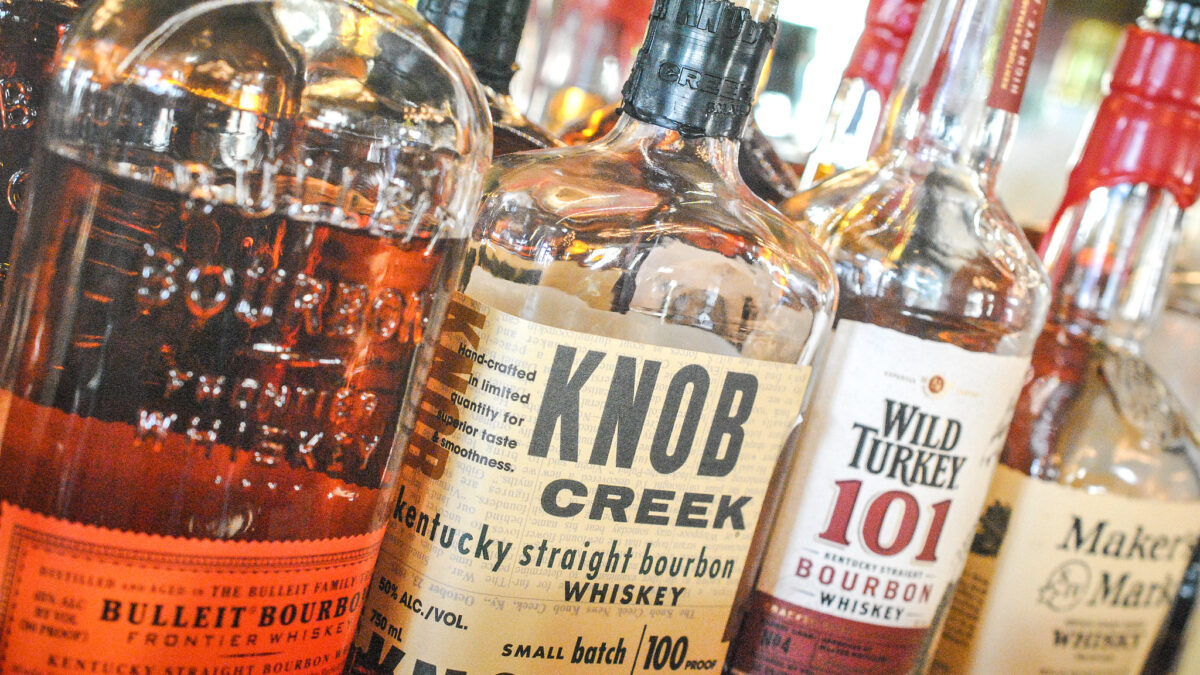You may be aware that Mad Men has begun its latest season of dapper sexual misadventure, though if the numbers from the first episode are any indication you are very likely not among those watching it. The show is coming into the home stretch, having covered a decade of the travails of fictional 1960’s Madison Avenue demigod advertiser Don Draper. In that time he’s mostly slept around, sauntered his way into alcoholism, and shown an inspiring level of indifference to momentous national events – all while remaining impeccably groomed. In other words, he’s become a cultural touchstone and guiding star to a generation of young men.
That’s not why I plan to watch the show to its conclusion. Neither do I watch it for the scenery, whether that be the meticulously detailed sets or the strikingly well-appointed series of women in Draper’s life. I can’t say I watch for the story, because all the crises in Draper’s life are, aside from being entirely self-inflicted, intensely personal and in no way grand or sweeping.
I watch (on Netflix, a year late) for the same reason I watch any historical drama: what our art tells us about our past is what we come to believe about it.
Growing up, I was presented with the textbook version of the 1960s: Kennedy, Missile Crisis, Vietnam, Martin Luther King, Kent State, Moon landing. Those are the highlights as I remember them. That birds-eye view was drilled into me every year up through high school, but it’s an incomplete picture. We learned about conflicts and how major historical figures responded to them, but not how real people negotiated those conflicts (or ignored them) in their everyday lives. It’s difficult to appreciate history and make it real without that smaller perspective. If we’re lucky, we figure that out before the people who were actually there die off.
That’s why I stick with Mad Men, despite its shortcomings as “entertainment.” I don’t necessarily care what the show creator’s vision of the ‘60s is, or what conclusions he wants me to draw. As an imaginary window into ultimately inconsequential people and their reactions to the changing landscape of America, it reminds me to put my own contemporary history in context. Issues of great import and moment may indeed be of the moment, while seemingly small shifts could lead to much larger developments.
Care for a drink?
Barton Special
Supposedly named for ad man, Congressman, writer, and overachiever Bruce Barton, this mix comes with a warning: if you don’t like the taste of liquor then it isn’t really for you. Other reviews of this drink theorize that if they had used better ingredients it might be more palatable. I’m disinclined to agree. This is a cocktail that is all about alcohol, and there’s no getting around it. That doesn’t mean it tastes bad, but it just might not be to your taste. It occurs to me this isn’t a winning message, so let’s get into the details and you can determine for yourself if you’d like to play around with it.
You’ll need:
- 2 oz Apple Brandy (Calvados or Applejack)
- 1 oz scotch
- 1 oz gin
- lemon twist for garnish
In a shaker with ice, add the brandy, scotch, and gin. Shake it thoroughly until cold, and then strain into a cocktail glass. Twist the lemon peel over the glass to release its oils, then plunk it into the drink.
I noticed with the first sip how quickly the scotch came to the fore. I used Talisker 10 because it was available, but if I made it again I’d probably switch to a Johnnie Walker. The smoke on the nose and tongue predominated. There was the merest taste of brandy before the scotch asserted itself, and I could not detect any gin whatsoever.
That’s not necessarily a criticism of the drink. It’s not a dishonest cocktail. It’s not pretending to be something it’s not. It’s just very boozy. The brandy and gin smooth out the scotch considerably, despite being somewhat lost in the mix. The gin certainly plays its role, lurking in the background. Let’s say that for this particular arrangement, if the scotch is Don Draper then the gin is Pete Campbell. I’ll let you decide who the brandy is.
Shaking is recommended for this one. It blended together and softened the alcohol, making it much less harsh than it would otherwise have been.
At the first sip I wasn’t sure I liked this cocktail, but as I continued to drink I found it more and more agreeable – and not just for the buzz, though that helped. I was even able to cut through the scotch and pick up some of the brandy and gin. That said, I’d exercise some restraint with it. One is probably sufficient to get you there.









